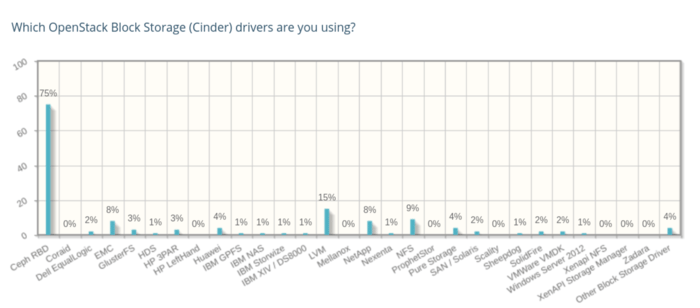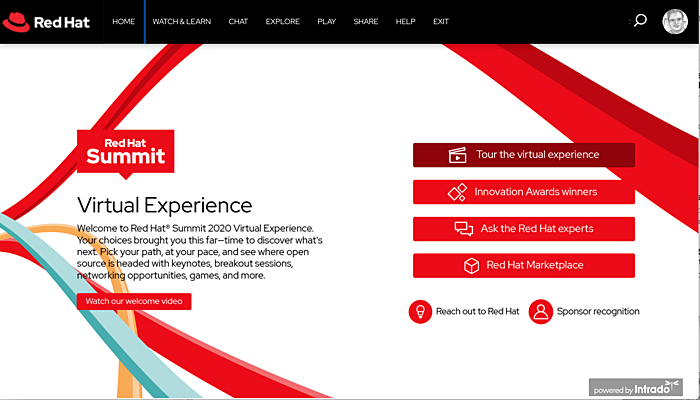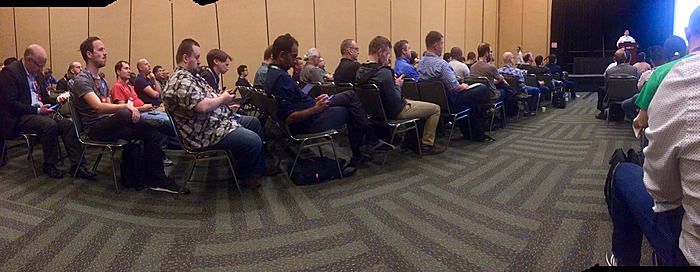Building a Ceph-powered Cloud
Deploying a containerized Red Hat Ceph Storage 4 cluster for Red Hat Open Stack Platform 16
with John Fulton (Red Hat) and Gregory Charot (Red Hat)
Ceph is the most popular storage backend for OpenStack by a wide margin, as has been reported by the OpenStack Foundation’s survey every year since its inception. In the latest survey, conducted during the Summer of 2019, Ceph outclassed other options by an even greater margin than it did in the past, with a 75% adoption rate.

Red Hat’s default method for installing OpenStack is with a tool called director. This tool can configure OpenStack to connect with an existing Ceph cluster, or it can deploy a new Ceph cluster as part of the process to create a new OpenStack private cloud. Because director integrates ceph-ansible, the same deployment options described in our previous post dedicated to it remain available from director. This post...






